Request Quote
Home | Our Blog | EPDM Rubber Roofing: Pros, Cons, and Cost to Install
Reviewed by Tomas Kalkys. President.
Qualifications: More than 20 years of experience in residential and commercial exterior remodeling.
Founding farther of Legacy Service.
Written by LegacyUSA Team
posted on Apr 2, 2021
Get Estimates From Roofing Pros
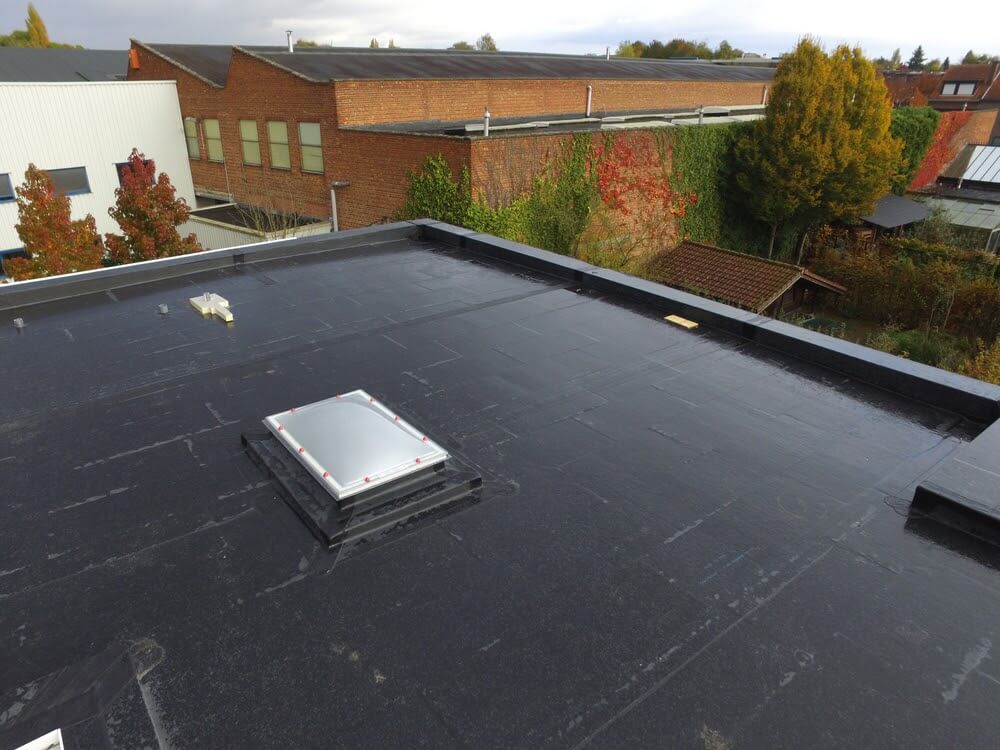
EPDM, or Ethylene Propylene Diene Monomer, is a synthetic rubber roofing membrane that’s extremely durable and used on buildings around the world. It’s available in both black and white, and you can find it in a variety of widths and thicknesses. Cost-effectiveness and durability are two reasons why EPDM roofing is one of the most popular flat roof systems currently used in the United States.
In this article, we’ll discuss everything you need to know about EPDM rubber roofing, from the costs to the pros and cons to the most frequently asked questions. Whether you’re in need of roofing installation, siding replacement, or another type of service, you can rely on our team of professionals here at Legacy Service. Contact us at https://legacyusa.com/contact/.
Not a real zip code.
Ethylene Propylene Diene Monomer (or EPDM) is a type of roofing material that’s used for flat roofing systems. Homeowners may not choose it for aesthetic purposes, but it’s practical and durable, and it will certainly get the job done in terms of protecting your property from the elements. It can be used for both residential and commercial structures that have low slopes.
EPDM flat roofs are designed to last about 25-30 years. They’re lightweight, flexible, and have high resistance to wind, hail, extreme temperatures, thermal shock, UV radiation, and more. If you’re interested in EPDM roofing installation, please feel free to get in touch with our team of experts.
EPDM roofing systems are considered to be the ultimate weather protector. They provide protection from wind, rain, hail, sunlight, and extreme temperatures. If you have a flat or low slope roof that can’t be seen from the ground and needs plenty of protection, this type of material is highly recommended. It may not be pretty, but it does its job.
On rooftop decks, EPDM can be covered with a wood deck, outdoor carpet, or Astroturf. It can also be painted with Hypalon paint, but it will have to be repainted every three or four years. If you’re looking for EPDM roofing contractors near me, please feel free to contact us at any time.
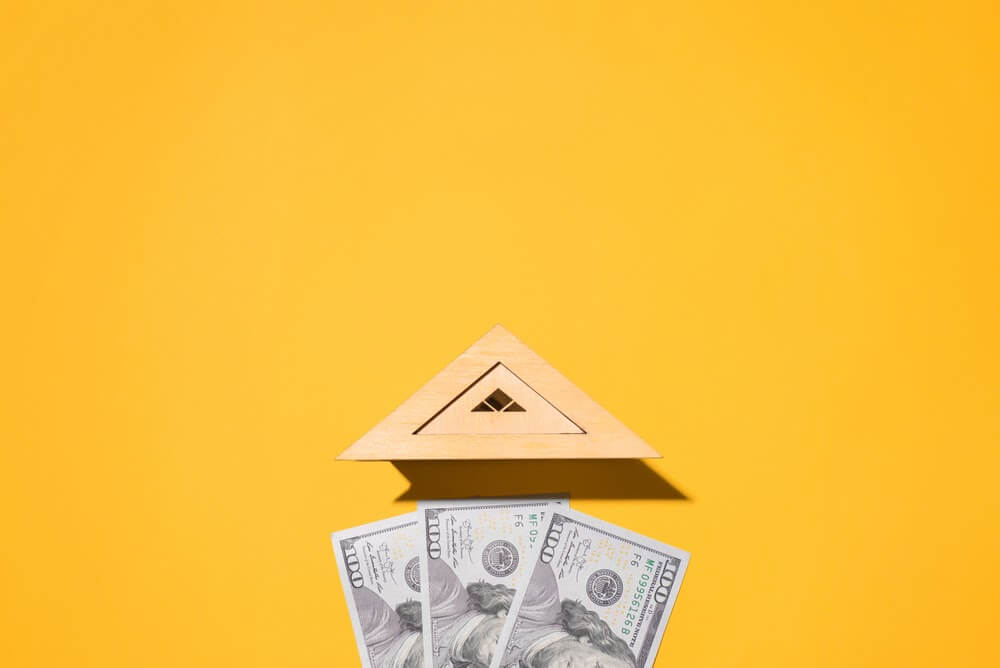
Your EPDM roofing cost can vary depending on a number of factors. What’s good to remember, though, is that it’s one of the most cost-effective materials that you can choose for your home. On average, the cost of this roofing material will range between $6,000 and $18,000, sometimes exceeding $24,000 depending on the complexity of the installation, roof pitch, accessibility, location, type and thickness of insulation, and whether an old roof needs to be removed.
Continue reading to find out more about the average cost of materials, the average cost of labor, and the costs of accessories and tools that are typically needed.
For EPDM roofing membrane, you can expect to spend somewhere between $3.25 and $14.75 per square foot for the material and installation. In most cases, the price will average about $4.50 and $5.50 per square foot. Check with your local roofers to get an estimate for your home.
Rubber roofing contractors typically charge an average of $75 and $90 per hour on top of the cost of the materials. They may increase prices for places that are more difficult to access. If you need to remove an old roof, you’ll probably add about $1 to $2 per square foot to the cost. Two or more layers will require removal.
If you’ve decided to install or replace the roof yourself, you’ll have to purchase accessories and tools. These supplies will usually cost between $350 and $450 depending on what you need to buy.
Whether you’re looking to install a new roof or replace an old one can affect the overall cost of your project. For EPDM roofing details, you can continue reading this article for general information or contact your local roofing specialists for more personalized info. At Legacy Service, we provide roofing installation and replacement services to homeowners throughout southeastern Pennsylvania, New Jersey, and Delaware. Let’s take a look at the average costs you may be facing:
For installation, the EPDM roofing cost per square foot will normally range between $3.25 and $14.75. The average price is about $4.50 and $5.50 per square foot. That being said, you can expect to pay between $6,000 and $18,000 for a full roof.
Replacing may cost a little bit more than just applying EPDM rubber roofing to your home. If you need to remove the old roof, you’ll probably have to add about $1 to $2 more per square foot. Codes will vary from area to area, but if there’s only one layer, you most likely won’t need to remove the old roof. Two or more layers will typically require removal, though.
If you’re completing the roof installation or replacement job yourself, you’ll need to make sure you have the necessary tools and materials before you get started. This may cost about $350 to $450 depending on the supplies you need.
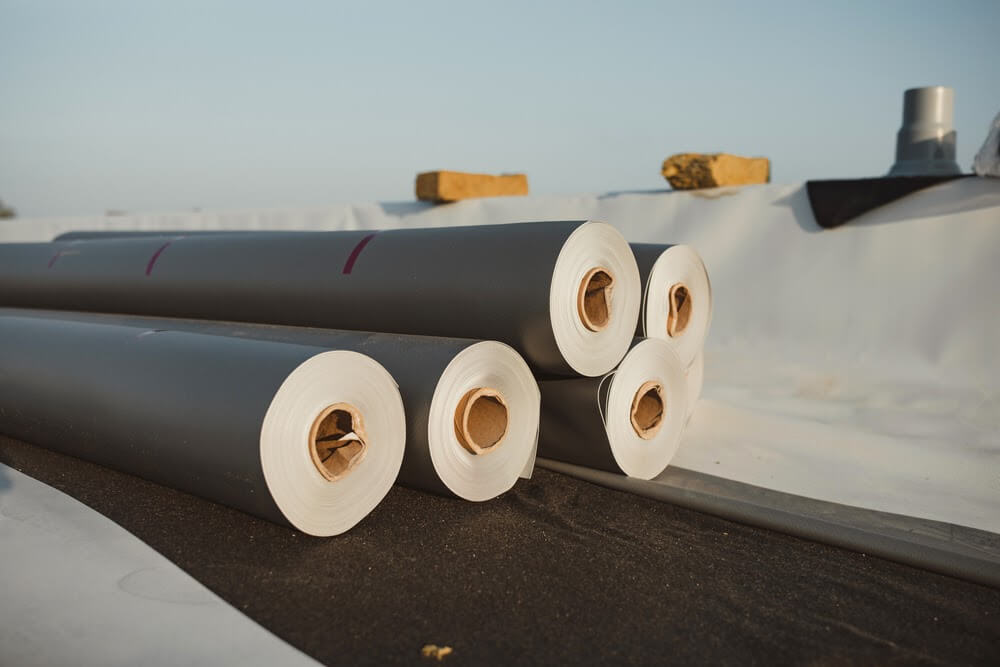
EPDM isn’t the only type of flat roof; there are a variety of other thermoset types with differing costs. The demand for roofing has grown since last year, manufacturers are increasing the prices for their materials. If you’re planning to install a new roof this year, we recommend getting started as early as possible. Fortunately, you’ve found a roofing company you can trust. One of our technicians will help you select the roofing type (TPO roofing vs. EPDM) that’s best for your home and needs. Take a look at the various materials used for flat roofing below and contact us if you’re interested in any of them:
TPO, which is made of a single layer of reinforced thermoplastics, is one of the fastest-growing types of commercial roofing. In many cases, it’s cheaper to install than EPDM and may even last longer. However, the quality will vary depending on the manufacturer. This material usually costs between $5 and $16.50 per square meter.
PVC, or Polyvinyl Chloride, is another one of the most popular types of thermoplastic membrane. It’s considered to be one of the strongest and durable types; it has a 50% higher breaking point than industry standards and can stand up to extreme weather. However, the downside is that there will most likely be shrinkage over time. It usually costs between $2.50 and $8.50 per square meter.
Other common thermoset types include Chlorosulfonated polyethylene (CSPE), Neoprene (CR), Epichlorohydrin (ECH), Polyisobutylene (PIB). If you’re interested in a thermoset EPDM roof membrane for your home, contact us today to schedule an appointment.
Not a real zip code.
You may be wondering what the advantages of EPDM rubber roofing installation include. The good news is that there are plenty! Check out our list of reasons why so many homeowners with flat roofs choose EPDM:
EPDM roll roofing is one of the least expensive materials to install. On average, the installation cost will be less than both TPO and PVC. Not including material, the average costs of installation include:
It’s also one of the least expensive materials in regards to EPDM roof restoration and repair. Since its rolls are long and wide, they have fewer seams to fail than metal sheets and asphalt shingles. This usually means that potential leaks can be rarer for this type than other kinds.
When it comes to EPDM roofing membrane installation, this material is both quick and easy to install for EPDM roofing companies. This is due to the fact that it’s manufactured in large sheets or rolls. Instead of placing each shingle at a time, you can simply roll out the EPDM and cover more area faster.
Out of the three most common types of commercial roofing systems (EPDM, TPO, and PVC), EPDM is typically designed to be the longest-lasting. Most homeowners can expect to enjoy the roof for at least 30 years if it’s well-designed and properly installed. This is due to its durability and resistance to extreme temperatures, wind, hail, and fire.
Since it has the ability to expand or contract when needed, this roofing material resists cracking in extremely hot or cold temperatures. This provides it with superior durability, especially compared to other types of materials. It’s also durable in harsh weather conditions, from hail and wind to snow and ice.
This roofing material is significantly lighter than other types of material, even asphalt shingles. Fully-adhered membrane-only EPDM weighs only about a half a pound per square foot for 60 mil while the average asphalt shingle weighs about 2.3 lbs per square foot. This is ideal for flat and low slope roofs.
Whether you live in a primarily hot or cold region, EPDM is a great choice in terms of saving energy. In the north, you may want to choose black rubber to draw in heat and lower your heating bill, and in the south, you may be recommended white EPDM roofing to help reflect the sun’s heat and reduce your cooling bill.
This material is essentially made of rubber, so hail stones will simply just bounce off of it. If you live in an area that gets plenty of hailstorms throughout the year, though, you can choose a thicker membrane. Ask your local roofing contractor about the various EPDM rubber roofing thicknesses.
A wide operating temperature range contributes to the durability and lifespan of this roof. Its minimum operating temperature is as low as -40°F and the maximum operating temperature is as high as 300°F. This roofing material will work just about anywhere.
Another one of the great things about EPDM is that it’s designed to be resistant to harsh winds. What helps is the fact that it comes in large rolls or sheets with seams that are fully adhered and there are no edges for the wind to pick up. Other materials, such as shingles, metal sheets, and tiles, are more prone to being blown off.
With the addition of a fire retardant (AFR) layer to an EPDM roofing product, the overall system will be fire-resistant.
There are also a few disadvantages of EPDM roofing that you’ll want to know about before you make any decisions. They include:
It might seem pretty easy to install, but it’s not recommended for homeowners to be installing EPDM roofs by themselves. If it’s done incorrectly, especially if it’s on top of asphalt shingles or another material, the roof may fail. It’s best to stick to the professionals.
Let’s face it: as functional as this roofing material is, it isn’t exactly pretty to look at. Without ballast, it’s essentially just a large sheet of black or white rubber. Its appearance is nothing to write home about.
One of the weaknesses of EPDM roofing is that it can puncture depending on the object and membrane’s thickness. However, the good news is that while no roof is fully resistant to everything, a ballasted EPDM, fully-adhered roof actually comes pretty close. If you live in an area that’s in danger of falling debris, choose a thicker membrane (75 mil) for your roof.
This material also has a poor resistance to products that are petroleum-based, including oil, grease, solvents, and more. It may even begin to break down when it comes into contact with them. Fortunately, these aren’t usually a factor when it comes to residential roofs.
The two primary EPDM roofing colors are black and white. Depending on where you live in the United States could affect which color would work best for your home’s energy efficiency. If you live in the north or a colder region, you may benefit most from black EPDM because it soaks up the sun and helps retain heat. If you live in the south or a warmer region, white EPDM may work better because it helps deflect heat from the sun, keeping your home cooler inside. Whichever you choose, it’s important to remember that most EPDM roofs require little to no maintenance other than repainting it once every decade to keep the color vibrant.
EPDM roofing systems are sold in a variety of widths and thicknesses to help meet any homeowner’s needs. Its widths range from 7.5’ to 50’, and its thicknesses are available in 45 mil (1.1mm), 60 mil (1.5mm), 75 mil (1.9mm) and 90 mil (2.3mm). The roof can be attached through adhesives, ballasting, or mechanical attachment. It’s good to know that the thicker material you choose, the longer your roof is designed to last. The average lifespans for each thickness include:
EPDM should be installed by professional roofers. Contact us today to schedule a free consultation.
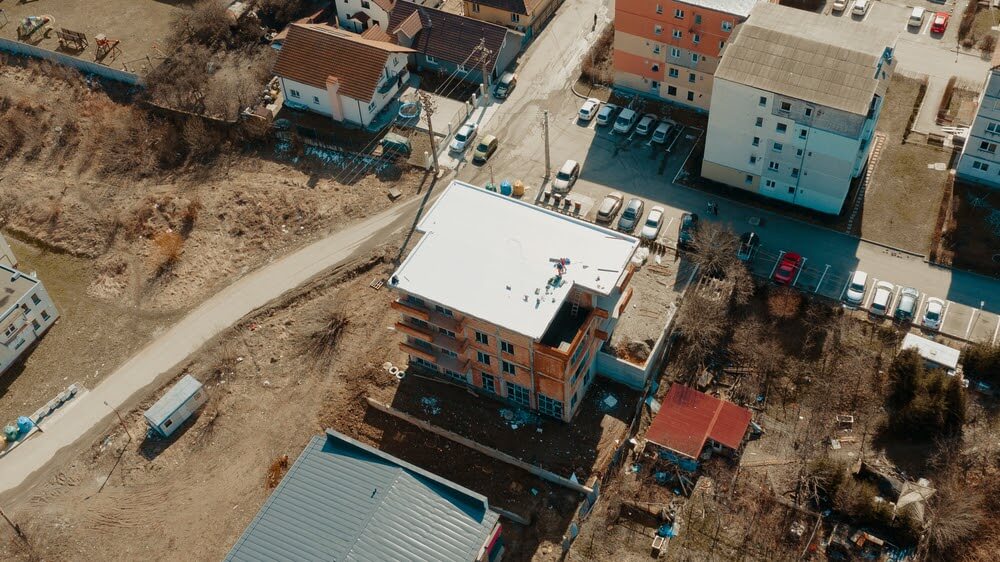
Installing an EPDM rubber roof may seem pretty straightforward, but there are actually a few different ways of doing so. The three methods of installation include: mechanically-fastened, adhered, and ballasted. We’ll explain more about each of them below. Unless you’re experienced in installing EPDM and have the correct specialized tools, you should hire a team of professionals to complete the job for you. This will ensure it’s done correctly, which also maximizes the lifespan of the roof. If you need help deciding which installation type would work best for you, contact us to schedule an appointment.
A fully adhered roofing system will usually be the most time-consuming to install but will also have the longest lifespan. To complete this installation method, glue down the roofing sheets to the surface beneath them. This way will normally be the most expensive but will create the fewest holes.
A mechanically-fastened roofing system is the most common method of installation for EPDM. It’s when fasteners (metal screws and plates) are screwed into the deck through the insulation. It’s also advantageous when the installation is being completed in cold weather.
A ballasted system is when the roof is loose-laid over the insulation. It’s held in place by concrete pavers or smooth, river-washed stones. The ballast helps protect the membrane from damage by ultraviolet light, tree branches, and hail. The installation tends to cost the least of the three, but the maintenance cost may be higher throughout its lifespan.
Not a real zip code.
Like any other roofing material, EPDM roofs may require occasional maintenance and repairs. The good news is that repairs for rubber roofs are normally quick and inexpensive. Applying special tape or liquid rubber may be all that’s needed to fix a leak.
Also, the maintenance needed is minimal compared to other roofing types. Some EPDM roofs require no maintenance other than an acrylic paint job once every decade. This is recommended to keep the color of the roof vibrant throughout its lifespan.
Cleaning should be done along with an inspection about once a year. The roofs should be kept clean and free from debris.
There are several alternatives to EPDM, with two of the most common being TPO and PVC.
TPO (Thermoplastic Polyolefin) has been gaining in popularity in recent years for a few reasons. First, it’s energy-efficient because it helps reflect sunlight away from a building, allowing air conditioners to work more efficiently during the summer months. It also offers more protection from punctures than EPDM.
PVC (Polyvinyl Chloride) is another popular rubber roofing alternative. It’s one of the strongest types since it has a 50% higher breaking point than industry standards. It stands up to extreme temperatures, sun, and harsh winds.
There are a number of factors to consider when deciding upon your roofing material, whether it’s EPDM or another type.
For now, let’s focus on EPDM. Should you install it?
If you have anything other than a flat or low slope roof, EPDM probably wouldn’t be the right choice. If you do have one of the two, let’s continue!
EPDM is one of the leading choices when it comes to rubber roofing membranes for flat or low slope roofs. We cover the pros and cons of EPDM in a section above. If the pros outweigh the cons for you, then it may be time to schedule an appointment. Our team at Legacy Service can provide you with a free estimate for roofing replacement.
It can be tempting for some homeowners to install the roof themselves, but unless you have the necessary tools and proper experience, it’s best to hire professionals to do it for you. Roughly 95% of EPDM roof failures are due to poor installation. Hiring a team of experts will ensure the job is done right, helping to maximize its lifespan.
Still have questions about EPDM roofing? You’ve come to the right place! In this section, we’ve answered some of the questions we’re most frequently asked about this material. Take a look and see if we answered your question. If you have any more questions, please feel free to schedule a free consultation with one of our roofing experts!
Yes! EPDM is one of the best choices for a flat or low slope roof. It has numerous advantages, from being the least expensive to install and repair to being durable, long-lasting, and lightweight. If you choose EPDM for your home, you can rest assured you’re making a good choice.
In most cases, it’s not about whether EPDM or TPO is better than the other but about which is best for your situation. EPDM is usually the longer-lasting material of the two, but TPO is designed to provide better energy efficiency, especially in warmer climates since it helps reflect sunlight.
An EPDM roof that’s well-designed and properly installed can last up to 50 years. The required maintenance will also be minimal other than occasional upkeep to its appearance. Experts recommend repainting once every decade to keep its color vibrant.
EPDM’s cost-effectiveness is part of what makes it currently one of the most popular roofing types on the market. On average, homeowners can expect to pay between $6,000 and $18,000 (or between $3.25 and $14.75 per square meter) for an installation.
EPDM is a synthetic rubber roofing material that stands for Ethylene Propylene Diene Monomer. It can be used for commercial and residential buildings that have roofs with low slopes. The material consists of two ingredients: propylene and ethylene.
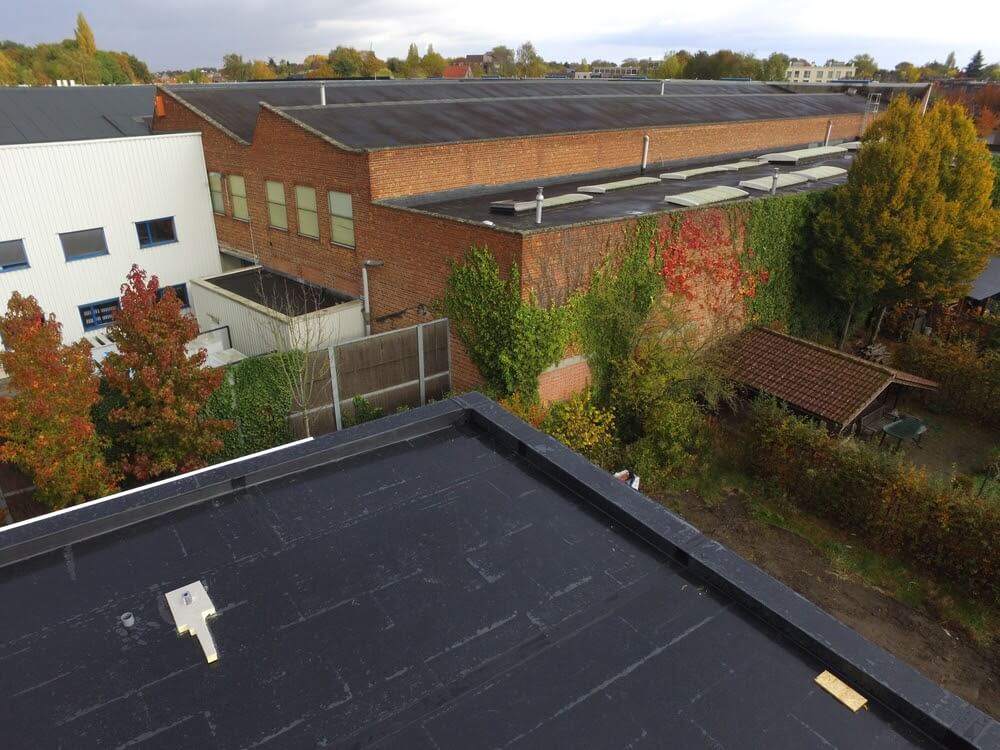
Interested in learning more about installing or replacing an EPDM roof on your home? Contact our team at Legacy Service to get started! We offer free consultations to homeowners throughout southeastern PA, NJ, and DE.
Posted on Apr 2, 2021 in Roof
Read our news
HOW LONG SHOULD A ROOF LAST? ELEMENTS
A lot of elements play a role in maintaining the integrity of the roof, but as a homeowner, the most important components to pay attention to are the underlayment, ventilation, and material.
DIFFERENT TYPES - DIFFERENT LIVES
Choosing the best roofing material for your home is the first important step in ensuring that you have the highest quality roof possible.
METAL ROOF VS ASPHALT SHINGLE ROOFING
Two of the most popular roofing materials on the market are metal and asphalt, and both offer different pros and cons to a customer.
Pros and cons of Asphalt Shingle Roofing
Replacing a roof is an expensive decision, and cannot only come down to cost.


